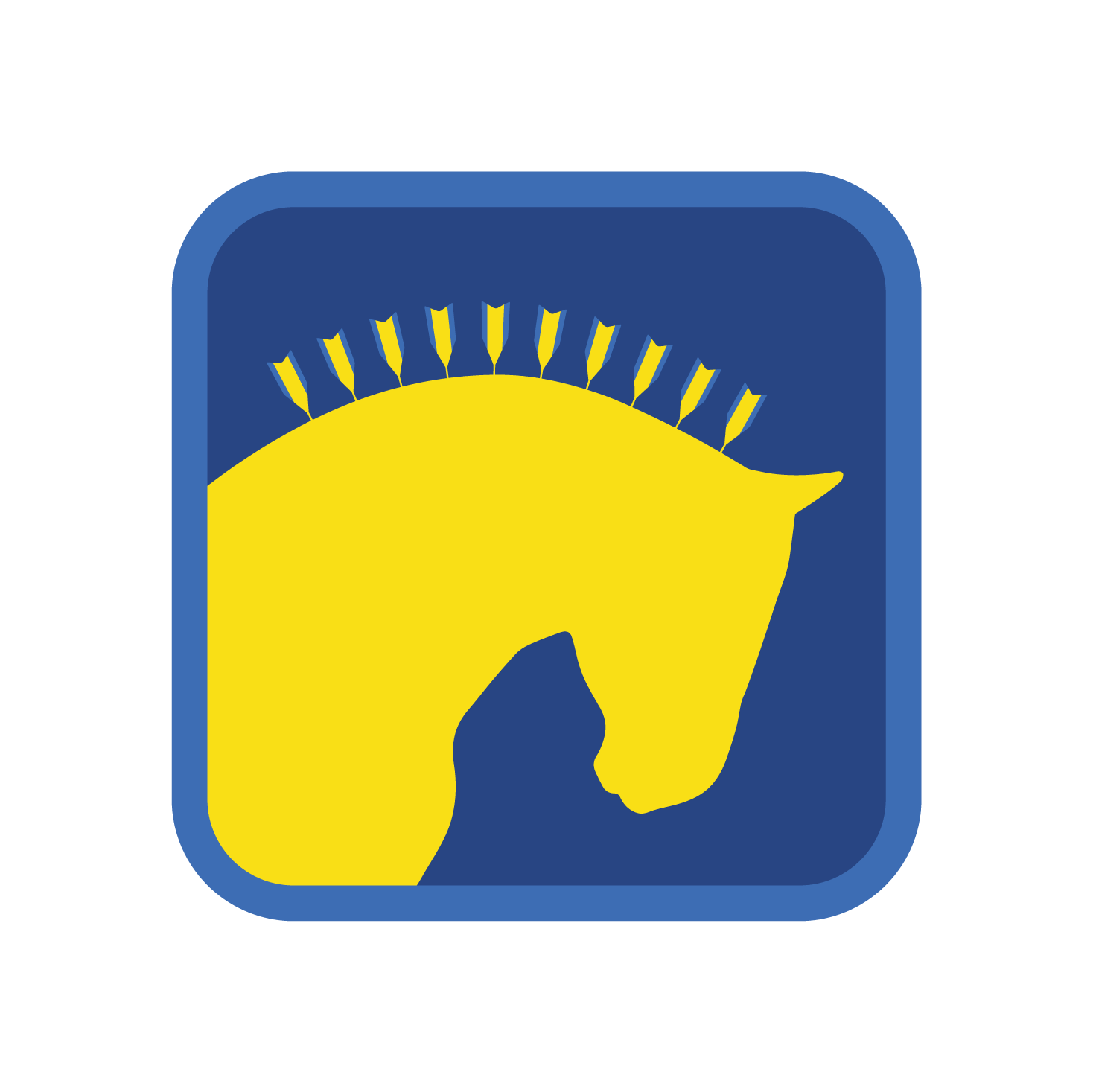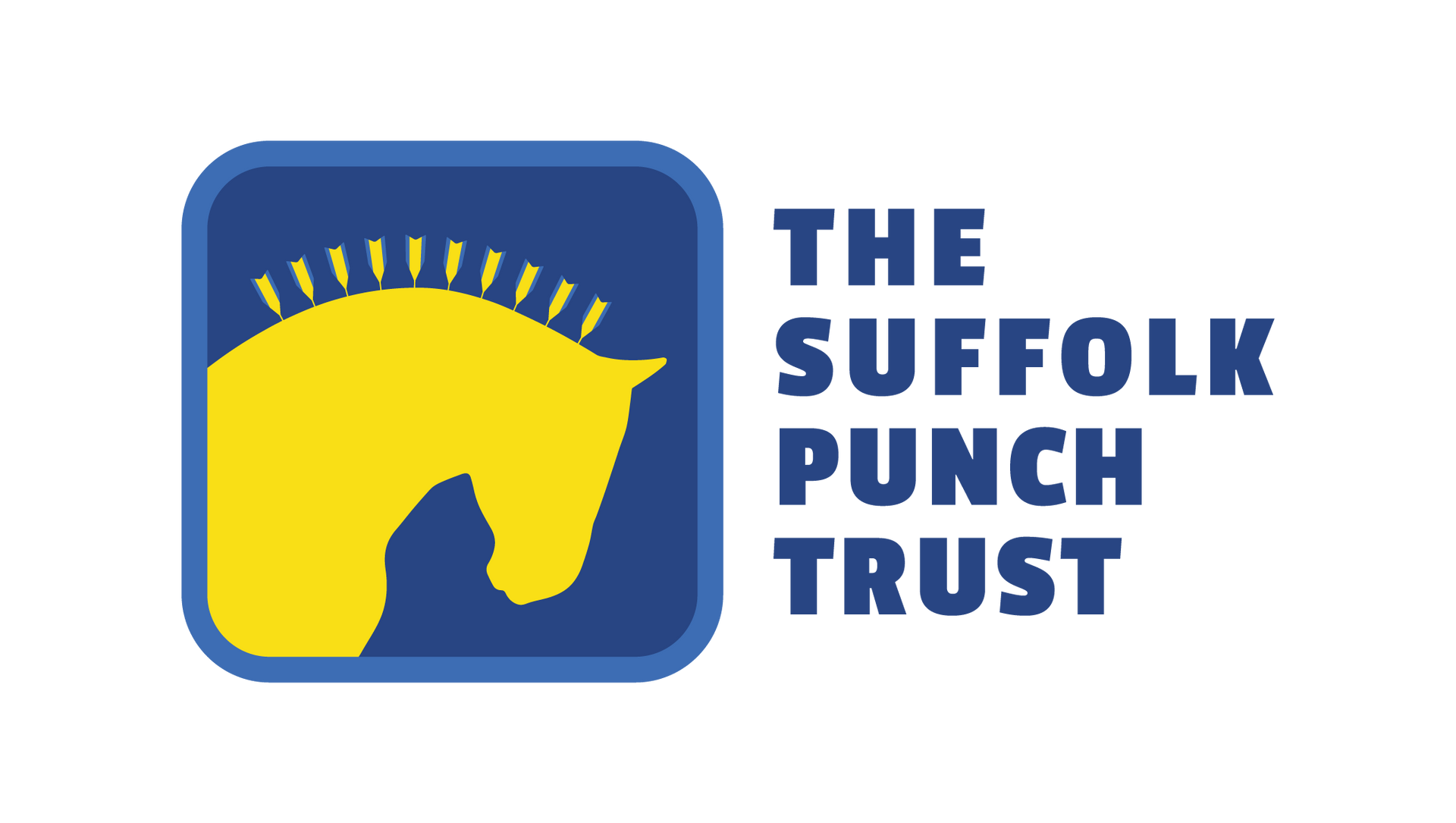Horse Glossary
Horse Gender Definitions
-
Filly
A female horse under 4 years of age.
-
Colt
A male horse under 4 years of age that has not been gelded (castrated).
-
Foal
A female or male horse under 1 year of age. A female foal is known as a "Filly Foal", a male foal is known as a "Colt Foal".
-
Yearling
A female or male horse that is between 1 and 2 years old. A female yearling is known as a "Yearling Filly", a male yearling that has not been gelded (castrated) is known as a "Yearling Colt".
-
Weanling
A foal that has been weaned from its mother, but is less than one year old.
-
Mare
A female horse that is 4 years or older.
-
Stallion
A male horse that is 4 years or older that has not been gelded (castrated). Stallions are also known as "Entire".
-
Gelding
A male horse of any age that has been gelded (castrated).
-
Dam
The mother of a horse.
-
Sire
The father of a horse.
-
Dam's Sire
The father of the Dam.
-
Grandsire
The father of the Sire.
A
-
Artificial Insemination (AI)
AI is the practice of breeding a mare through human assisted means, with no contact between the stallion and mare.
It is done for many reasons, including:
- to protect the two animals;
- to allow a mare to be bred to a stallion a long distance away;
- to allow a stallion to be bred to a larger number of mares than would be possible via natural cover.
B
-
Bearing Rein/Overcheck/Checkrein
A strap running from a horse's back, over the head, to a bit, to prevent the horse from lowering its head beyond a fixed point. Used with harnessed horses.
-
Bit
An object, usually a metal bar, placed into the mouth of a horse, held on by a bridle and used with reins to direct and guide the animal.
-
Breeder
The breeder of a foal is the owner of its dam at the time of foaling. The person designated as the breeder may not have had anything to do with planning the mating of the mare or be located where foaling occurs.
-
Breeding
- The pedigree of an animal
- Horse breeding, or the selective breeding of animals.
- A type of horse show competition where horses are led, not ridden.
-
Bridle
Headgear placed around the head of a horse that holds the bit in place in a horse's mouth, including reins, used to direct and guide the animal. Sometimes used to refer to the entire piece of equipment, including headstall, bit and reins.
-
Broodmare
A mare that is used for horse breeding.
C
-
Cart
A two-wheeled vehicle pulled by one or more horses.
-
Castration
The act of neutering, or "gelding" a male horse.
-
Chesnut
The coat colour of a Suffolk Punch horse.
-
Chestnut
A callosity on the inside of each leg, thought to possibly be a vestigial remnant of the pad of a toe.
-
Confirmation
The shape and proportion of a horse's body.
-
Covering
Mating in horses: a stallion is said to cover a mare.
D
-
Draught Horse
Generic term encompassing many breeds of large, muscular, heavy horses developed primarily as farm or harness horses, used for ploughing fields, pulling wagons, logging and similar heavy pulling work.
G
-
Gait
The way a horse moves its legs is a gait. They are divided into natural gaits, which are those performed by most horses, and those that are either trained by humans or that are specific to a few breeds.
The natural gaits are walk, trot, canter/lope, and gallop. Other gaits include the pace and ambling gaits such as the rack and single-foot.
-
Groom
An employee who looks after horses.
H
-
Hand
A measurement of the height of a horse. Originally taken from the size of a grown man's hand, but now standardised to 4 inches.
The measurement is usually taken from the ground to the withers. Abbreviated "hh" for "hands high".
-
Harness
A type of horse tack placed upon a horse or other animal in order to hitch it to a cart, plough, wagon or other horse-drawn vehicle.
-
Horse Passport
A document required in European Union countries for every equine animal, including a detailed description of the animal and a record of whether it is intended for human consumption. May be linked to a microchip implant.
-
Horseshoe
A curved bar attached to the underside of the wall of the hoof, to prevent wear and provide grip. Usually made of steel and nailed to the hoof, but may be of aluminium or other materials, and may be glued on. Usually used on all four hooves, but sometimes only on the front, or not used at all.
I
-
In-hand
An in-hand class is a type of horse show competition, where the horse is led, rather than ridden, and judged on its conformation and movement.
N
-
Natural Cover
The process of breeding horses through natural biological means without use of artificial insemination or other assisted reproductive technology.
P
-
Paddock
A field or fenced enclosure where horses are kept.
-
Pedigree
The known and documented lineage of an animal. The written pedigree chart outlining the lineage of an animal.
-
Place
In horse shows, any award ranking particularly one other than first "place", usually second through fifth or sixth place.
-
Purebred
An animal with documented parentage recognised by a breed registry as being descended in all lines from recognised foundation bloodstock and free of admixture of breeding from lines outside those of the breed in question.
-
Putting To
Attaching a vehicle to a harnessed horse.
-
Papers
Registration papers, registration certificate, papers, pedigree papers
Documentation provided by a breed registry that verifies the breeding and ownership of an animal. They usually include a pedigree chart and an outline illustration indicating horse markings. Some organisations may include a photograph of the animal.
R
-
Rein
Item of horse tack, attached as a pair to either side of a bit in the horse's mouth, used to direct or guide a horse for riding or driving
S
-
Saddle
A part of a horse harness placed on the back, forming an attachment point for several other harness parts, taking the weight of the shafts or pole.
-
Shafts
A pair of rigid bars extending from the front of a horse-drawn vehicle, attached to each side of a single horse. Allows the animal to steer the vehicle, and in the case of a two-wheeled vehicle, to hold it level. Used for a single animal, for the rearmost of several animals in tandem, or sometimes to act as poles between three horses abreast
-
Show
A horse show, a competitive event or series of events where horses are judged in a wide variety of ways depending on breed, discipline and part of the world.
-
Stable
A building in which horses are kept.
-
Stirrup
Paired small light frames or rings for receiving the foot of a rider, attached to the saddle by a strap, called a stirrup leather. Used to aid in mounting and as a support while riding.
-
Stud
- An establishment where pedigreed horses are bred.
- At a stud where a stallion is being kept for breeding.
-
Stud Book
A list of horses of a particular breed whose parents are known. A closed stud book requires both parents to be in the book, with lineage traceable to the foundation bloodstock.
-
Suckling
A young foal that is nursing, not yet weaned from its mother.
T
-
Tack
All the equipment that horses wear, such as saddles, bridles, harnesses, halters, and other horse care equipment.
-
Tack Room
A store where tack is kept.
-
Tandem
A harnessing arrangement with two or more animals in single file, the rearmost (the wheeler) in shafts.
-
Team
Several animals pulling a vehicle. Arranged in various configurations, most commonly as a pair (two side by side), in tandem (two or more in single file), a four (two pairs) or a six.
W
-
Wagon
A four-wheeled vehicle pulled by one or more horses. Usually used for carrying loads.


